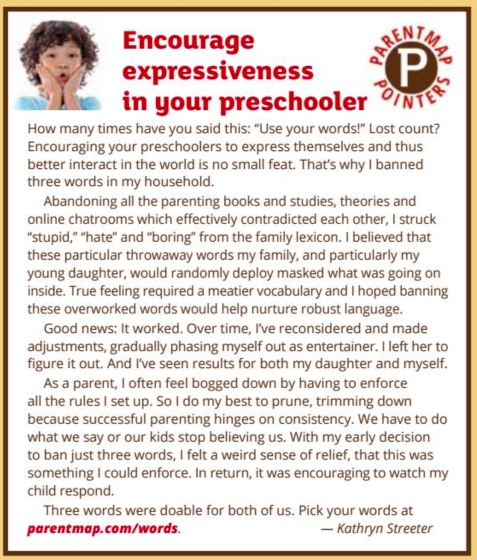Today, a bird slowly died in front of my children. The impact against our sliding glass doors was deafening. Housebound by a winter storm, the kids and I quickly abandoned our hot chocolate in our rush to discover that a bright crimson cardinal had struck the glass. It now lay helpless in the snow.
Be honest and don’t construct a cover-up. What’s been seen can’t be unseen: I watched, helpless to intervene or make my kids unsee this tragedy. The suffering we were witnessing elicited, “Mom, let’s help it!” “Should we bring it inside and nurse it?” “What do we do?” “Poor bird.” Our 12-year-old’s large eyes were brimming with tears. Her younger brother couldn’t look away. I wanted as badly as my kids to watch this bird miraculously fly away. But the cardinal grew still and we, silent, mourning the loss of an innocent bird.
Show sensitivity and respect for their particular attachments: Unlike adults, children fall in love fearlessly, without baggage. Maybe it’s toys as much or more than the people surrounding them they cherish. In the case of my children, it was their stuffed animals—each complete with name and personality.
As enjoyable as it was for me to witness the creative powers at work in my children’s play, I knew that the depth of attachment would create a storm of trouble if any of these animal kingdom favorites were lost. After all, these were real as flesh and blood friends in my children’s world. On many occasions, we did come close to losing a stuffed friend. At the grocery, in the airplane, on the sidewalk, silently fallen out of the stroller.
In every instance, the look of shock and pain in the affected child’s eyes was a small step into the brutal world, where fierce affection is often accompanied by sorrow, a pain equal to the love.
Read in full at Houston Family Magazine.





